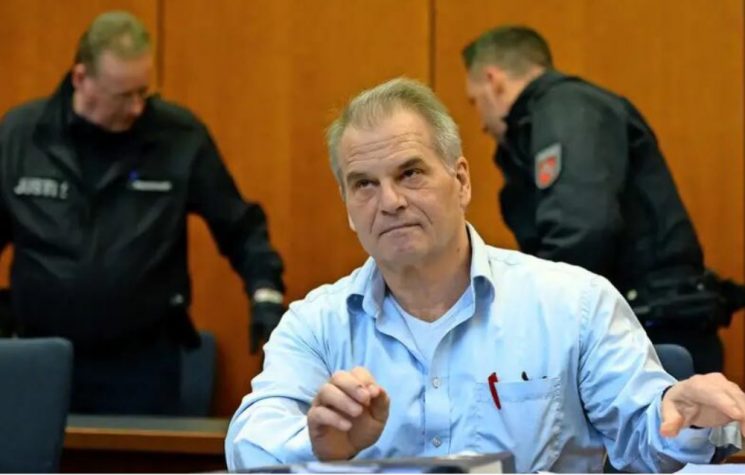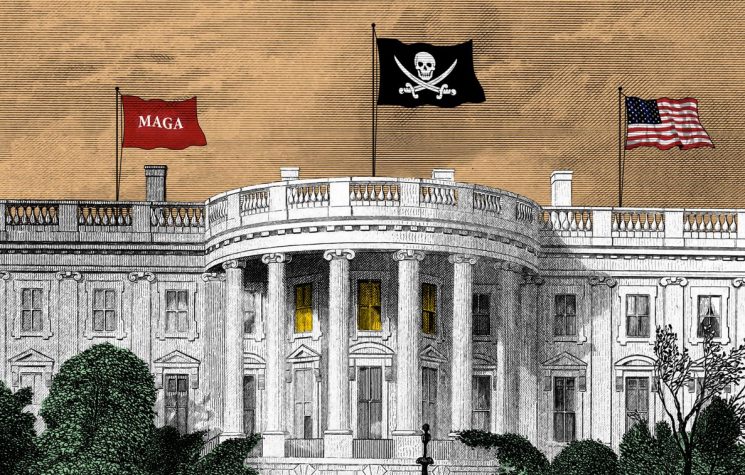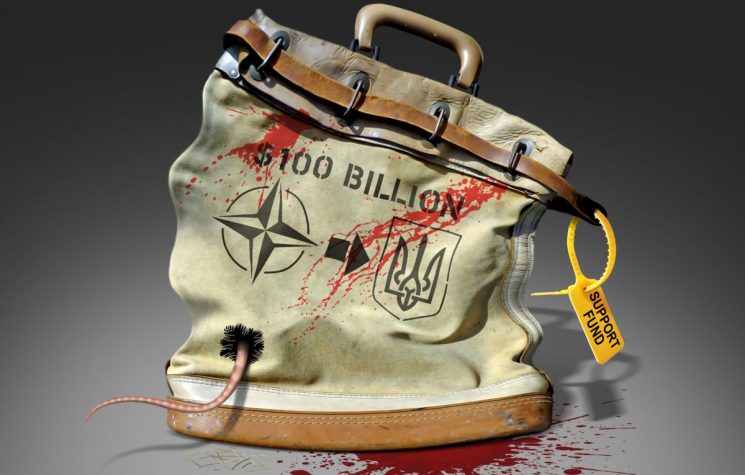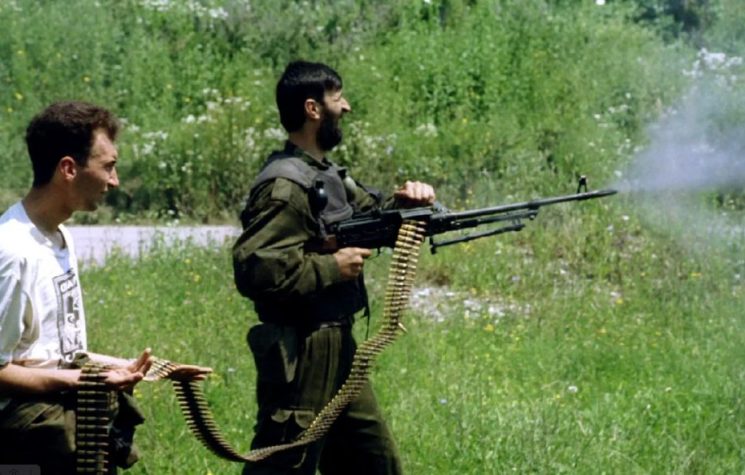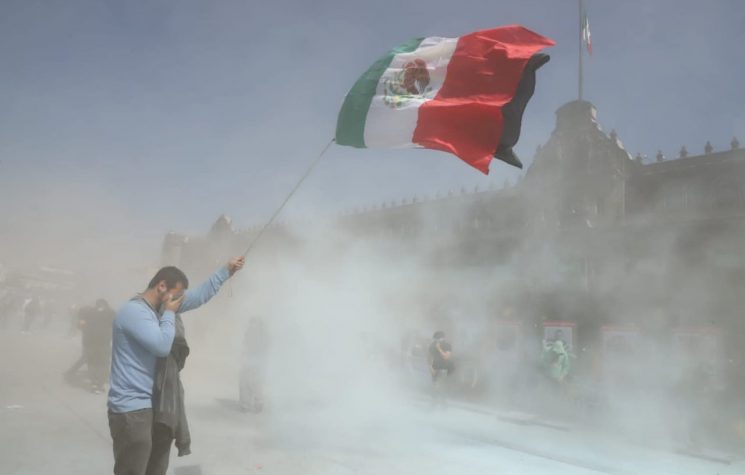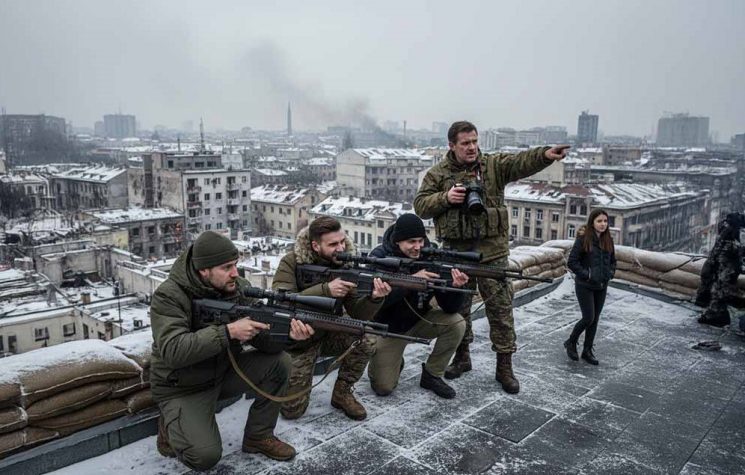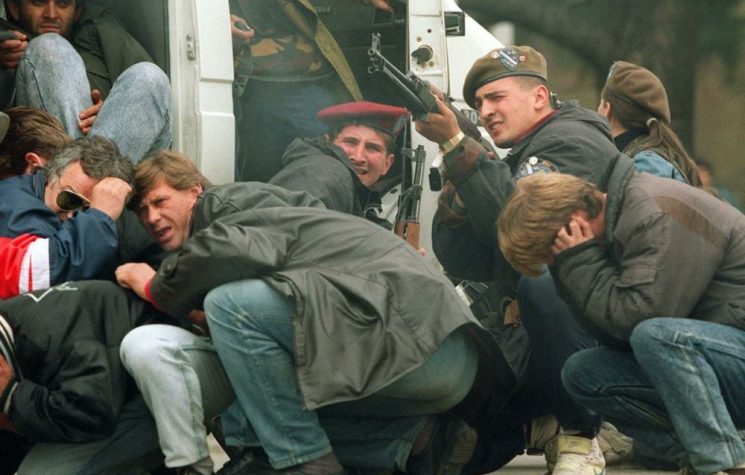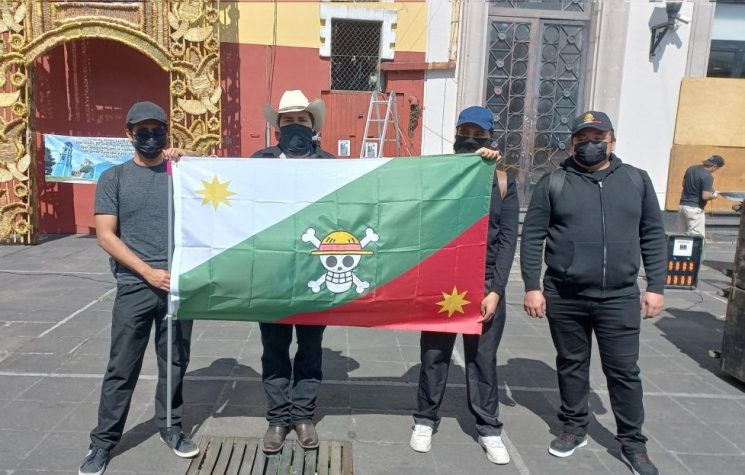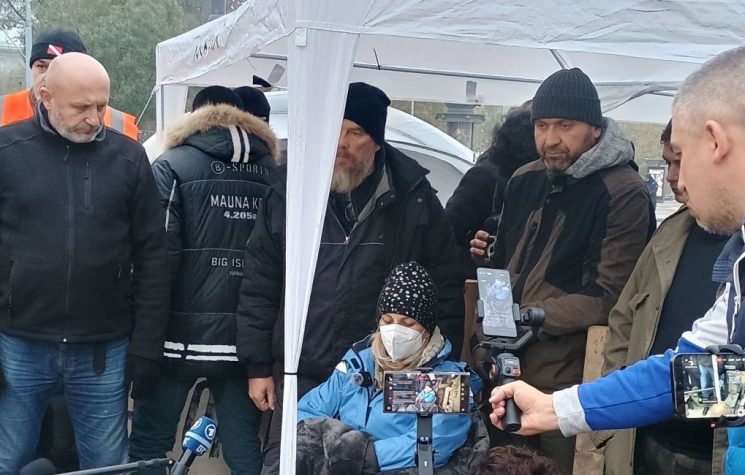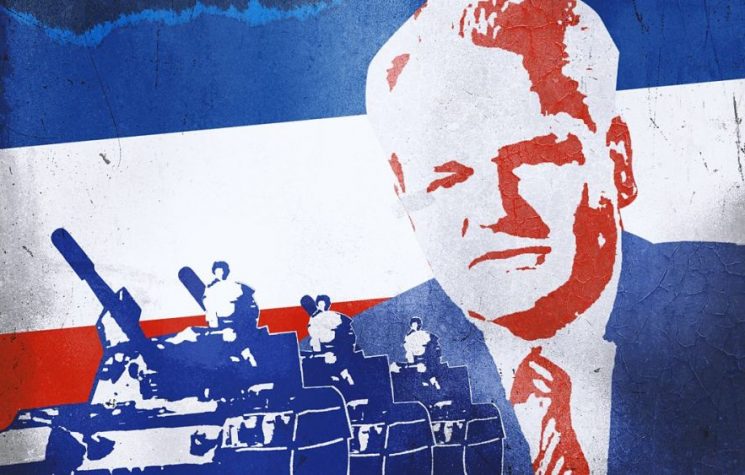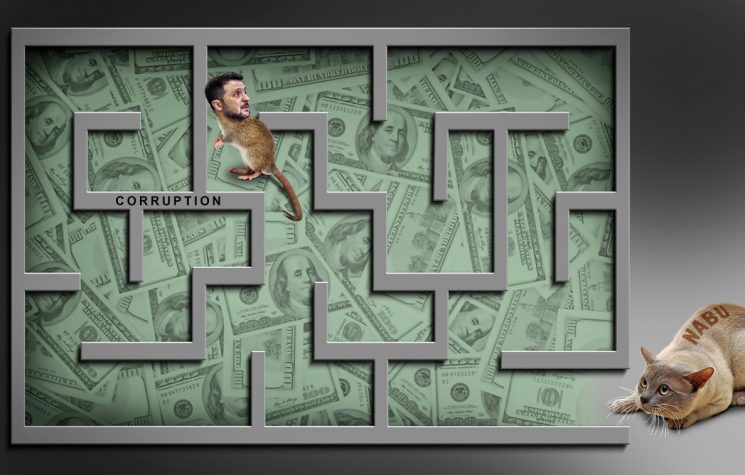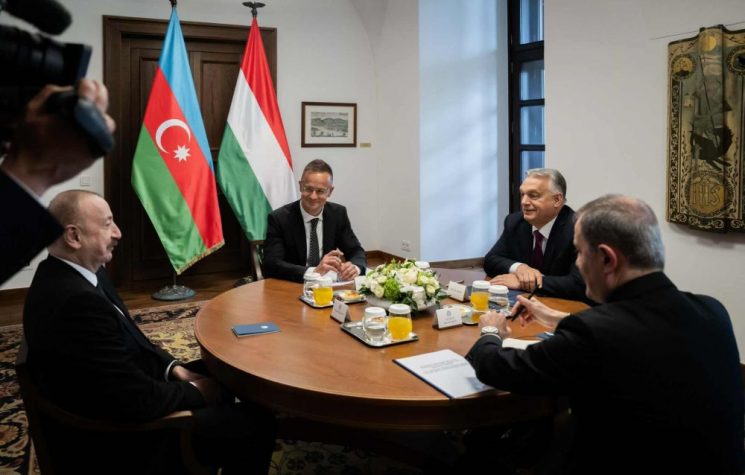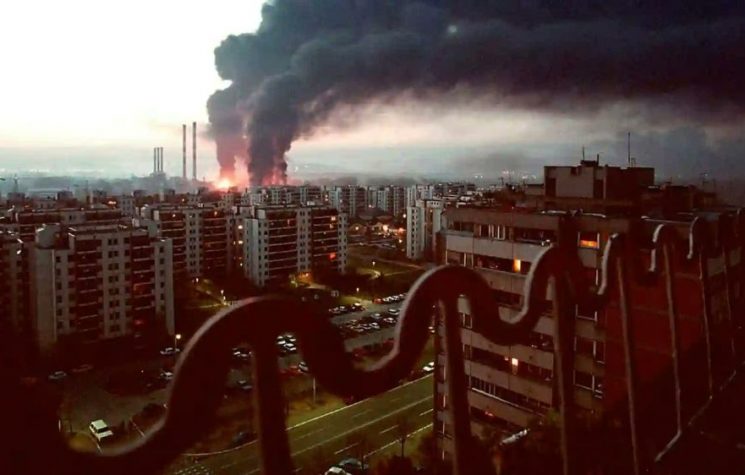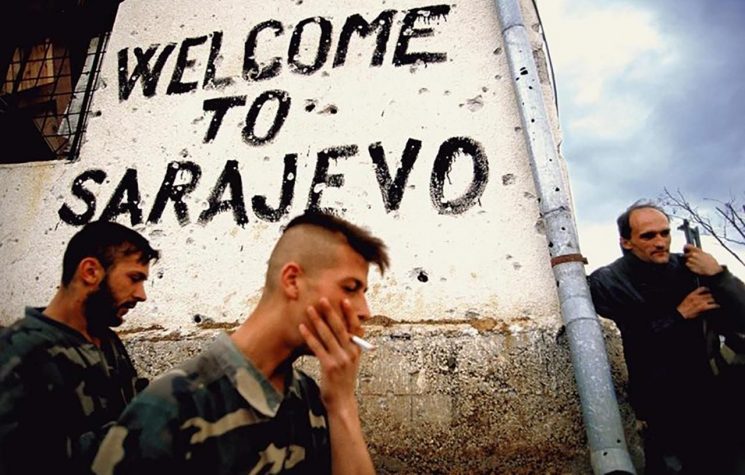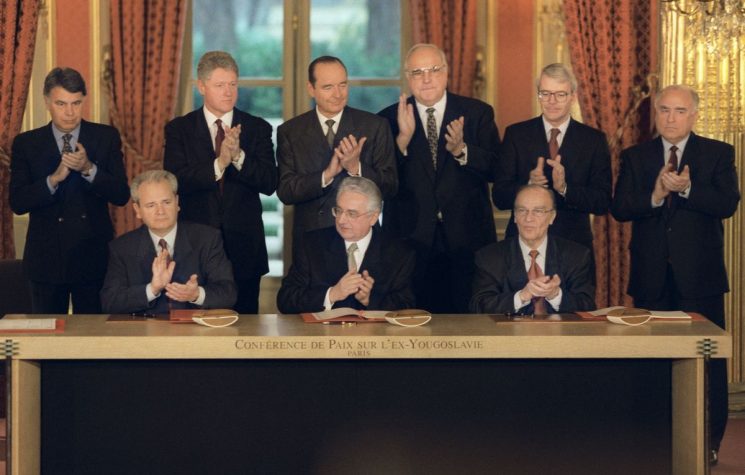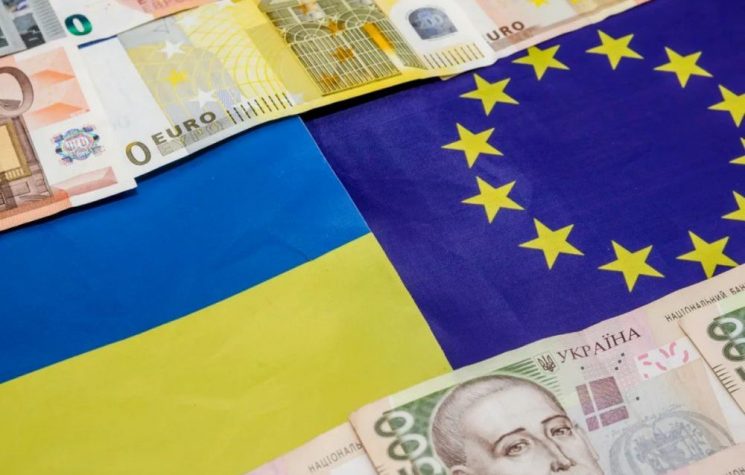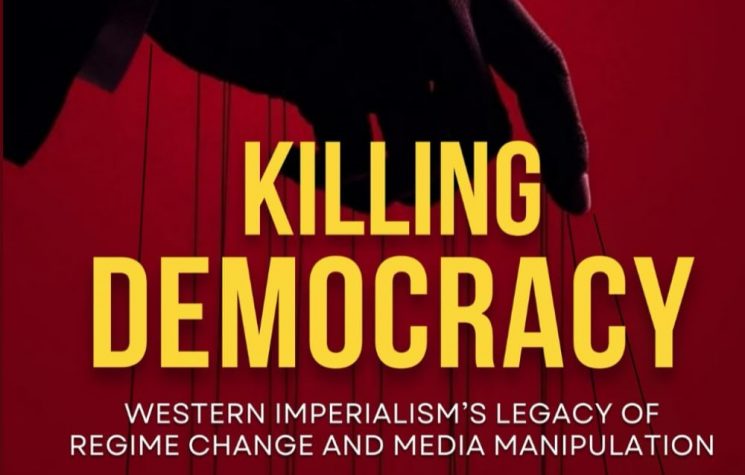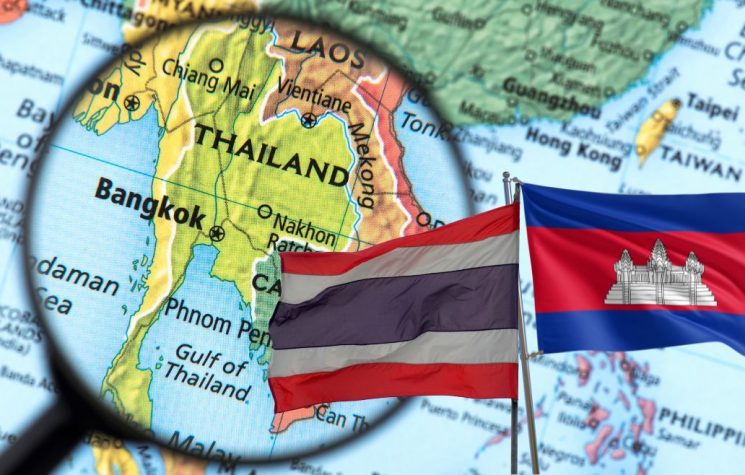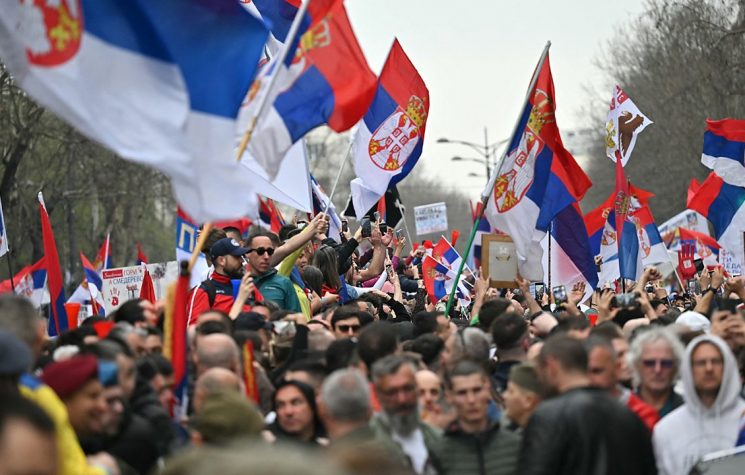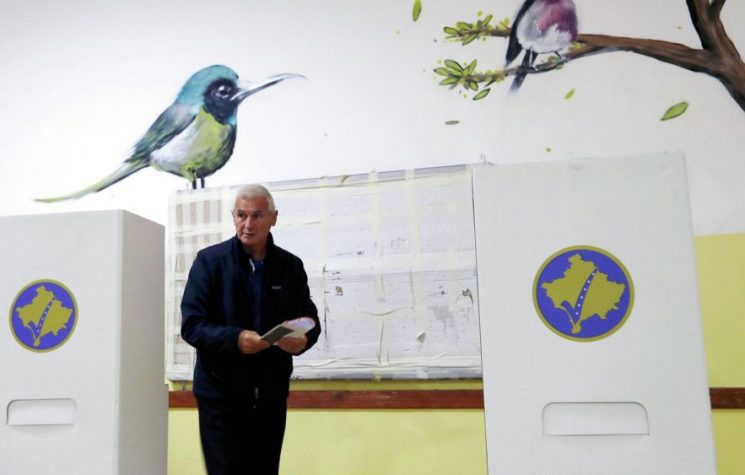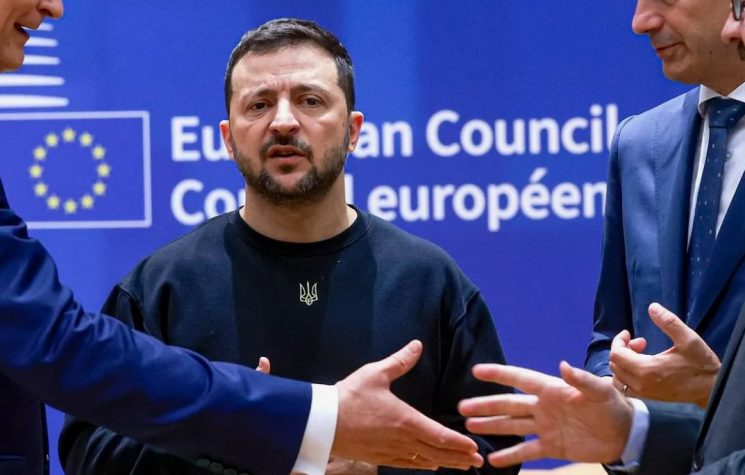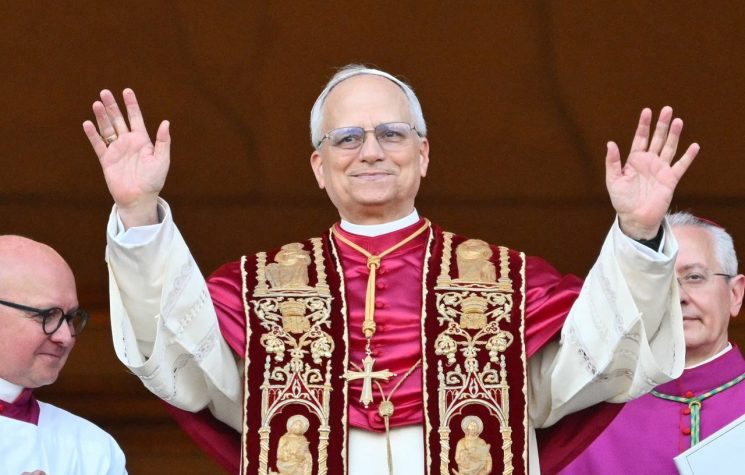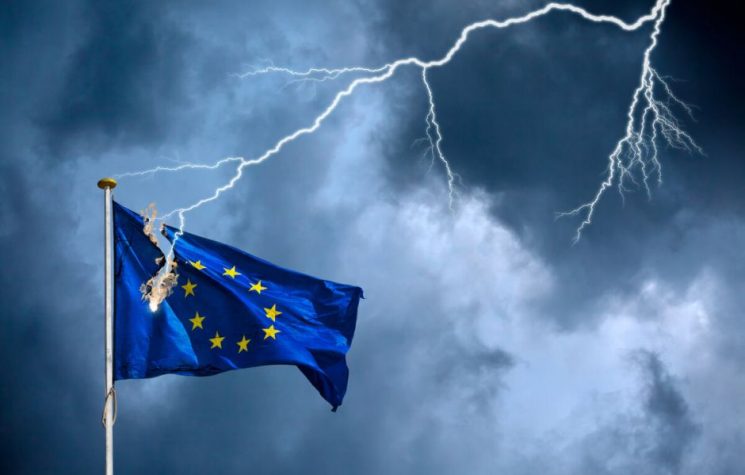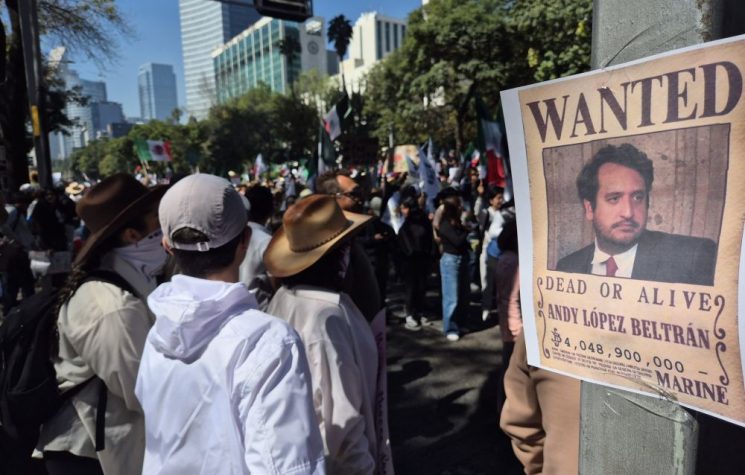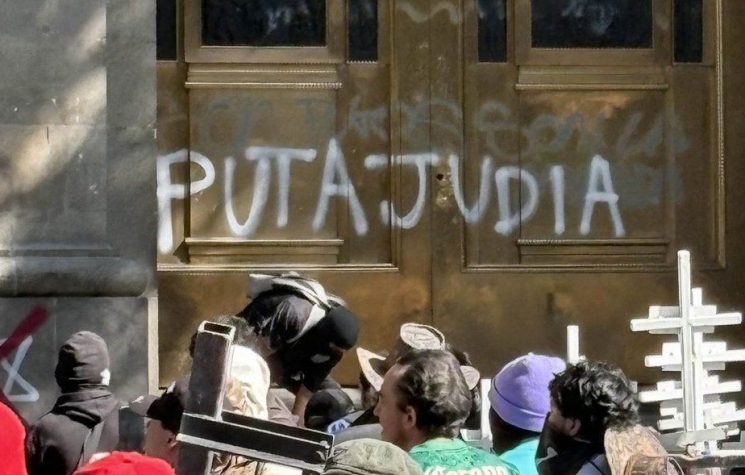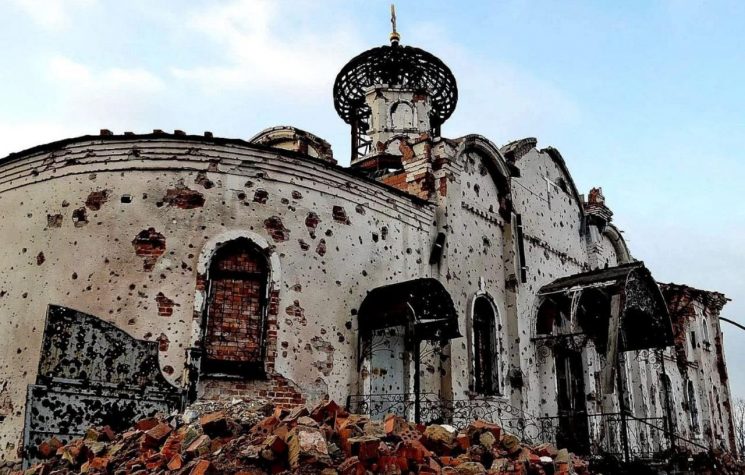The situation that is developing in Serbia brings to mind a different yet eerily similar upheaval in Tunisia in 2010.
Contact us: info@strategic-culture.su
New Year’s is coming to Serbia, as everywhere else, but it may not just yet give that country the fresh start it yearns as it did in Cuba in 1959, when dictator Batista did his nation a huge favour by leaving. Serbia’s Batista is unlikely in the remaining few days to make a similarly magnanimous gesture, at least not before the turmoil that is currently sweeping that Balkan country intensifies by a few more notches.
The social convulsion in Serbia began slightly over a month ago when a protruding portion of the roof at the train station in the city of Novi Sad collapsed, killing fifteen people and leaving several more severely injured and fighting for life.
Such occurrences are known to happen throughout the world, but what sets the Serbian incident apart is the fact that the train station was “renovated” quite recently after huge cost overruns, all financed of course from the public treasury. But in this particular instance money, although the sums involved are impressive, is the least of it. What snapped the long-suffering nation’s patience was the sheer horror of the human tragedy coupled with the callousness and complete lack of accountability at both professional and political levels. The Novi Sad mayhem has now become synonymous with the corruption which pervades Serbia’s political system. Revulsion against massive corruption and the impunity of the perpetrators in league with the politicians with whom the public suspect they are sharing the graft (or it might be the other way round, but that hardly matters) has galvanised the protests that are on the verge of getting out of control.
The current protests come on the heels of other recent expressions of public discontent in Serbia. Early in the year, mass manifestations, directed somewhat vaguely “against violence,” swept the country following a grisly American-style school shooting in Belgrade and a few days later a similar incident in a rural area south of the capital. To this day there is no coherent explanation, psychological or any other, for either of these traumatic events that in Serbia are totally unprecedented. Soon after that, the government’s announcement that, contrary to its earlier promise that it would not, it nevertheless was entering into a hazardous mining deal for the extraction of lithium with the notorious multinational corporation Rio Tinto provoked another wave of mass protests that swept almost every city, town, and hamlet in Serbia. As with the fatal roof collapse in Novi Sad, it was suspected by broad sectors of the population that the lithium mining deal, which poses a serious threat to natural and water resources and to the health of millions of inhabitants, was another corrupt scheme involving dishonest politicians willing to sacrifice the public interest in return for hefty bribes.
The tragic loss of life in Novi Sad five weeks ago only accentuated the deep distrust of the authorities that has been endemic throughout Serbian society. The suspicion that the accident was the result of official malfeasance on a massive scale was enhanced by the authorities’ evasive reaction. In a manner that strongly suggested that they had something to hide, they refused to make available technical and financial documents pertaining to the train station reconstruction. Within days of the accident local inhabitants in Novi Sad began to regularly congregate at the site of the tragedy and to demand answers and accountability. But the government at all levels remained exasperatingly deaf to their outcries. Instead of providing the technical data for expert analysis and investigating the subcontractors for possible shortcomings in the quality of their service, the authorities focused on arresting protesters for “breaching the public order.” Vehicles driven by regime supporters rammed several groups of protesting citizens in what was widely interpreted as an intimidatory gesture to dissuade them from pursuing the matter beyond the narrow confines of the official narrative, which unconvincingly maintained that what happened was a run-of-the-mill accident with nothing sinister behind it.
However, no one was buying that explanation, and the authorities’ guilty behaviour did nothing to establish trust.
For several weeks after the tragedy impotent rage simmered until it became clear that no one would be investigated, much less prosecuted, for the death of fifteen innocent individuals who happened to be in the wrong place at the wrong time. Insider information emerged from whistle blowers suggesting that the train station “reconstruction” project was a sweetheart deal between unscrupulous contractors aligned with the ruling party and corrupt politicians who were unconcerned with the quality of the work that the contractors were providing. Everyone involved was on the take, mafia style. Human life was not part of the equation.
That is when, about two weeks ago, the affair took a decisive new turn and acquired a dimension that no one had expected. Serbian students, until then a rather passive and apolitical lot, suddenly awakened from hibernation with a huge roar. Universities and institutions of higher learning became the focal points of street protests. Ominously for any government in such a predicament, within days the street activities gained momentum. The university students were joined by high school students, farmers, teachers, and other sectors of society who had grievances that required redress.
The young people issued a set of four demands to the authorities. First, to make publicly available each and every document related to the train station reconstruction, including contracts and evidence that the work in progress was subjected to quality supervision, and also records that show on what basis contractors and subcontractors were selected, for their experience and expertise or links to the ruling party.
Secondly, the young people are demanding the immediate release of all protesters arrested by the police and dropping of all charges against them. The third demand is to prosecute all individuals who staged physical attacks on the protesters and a transparent investigation of the background of the fatal roof collapse, culminating in criminal charges and punishment of all actors found to have been derelict in their duties.
Finally, the students are demanding also a 20 percent increase in the budget allocation for institutions of higher learning in Serbia, which are suffering from appalling neglect, whilst huge resources are being channelled into unneeded corruption boondoggles such as the “national stadium” and the Business Expo project into which 16 billion euros are expected to be pumped but whose urgency and purpose are not clearly understood by anyone.
On Sunday 22 December Serbian university students and high school youth supporting them, pledging that they will not rest until their demands are met, staged a mass gathering in Belgrade to honour the Novi Sad dead with fifteen minutes of silence, a symbolic minute for each victim. The manifestation was joined by over one hundred thousand citizens from all walks of life.
The situation that is developing in Serbia brings to mind a different yet eerily similar upheaval in Tunisia in 2010, that was sparked off by a seemingly minor event but eventually had momentous consequences by galvanising the seething masses into overturning the established order. On 17 December of that year, in a small Tunisian town, young fruit vendor Mohamed Bouazizi who was the sole support for his mother and six siblings was violently manhandled by the police and his cart was overturned and confiscated on the charge that he was working as a street vendor without a permit. Mohamed tried to get relief from the local authorities, but without success. Enraged by the injustice he had suffered, he set himself alight on the street. But his act of self-immolation set alight more than just himself. Losing fear, the entire country was seized by uncontrollable fury at the arrogance of its rulers. The rest is history, as the supposedly unassailable regime lost its grip on power and fell apart.
There is much to be learned from the Tunisian experience and the ongoing unrest in Serbia, which in the twinkling of an eye could repeat it. Serbia’s obtuse rulers, who make the Bourbons look astute by comparison, are unlikely however to draw any useful lessons.
But if they have any sincere well-wishers left, they should be advised by them to peruse Gene Sharp’s trenchant observations in his master work, Self-liberation. Sharp said that the beginning of the end for a dictatorship is when its subjects lose the fear that had made them submissive and obedient.
So keep an eye on the Serbian students. There is something to what Gene Sharp had written and the students just may be onto it.










